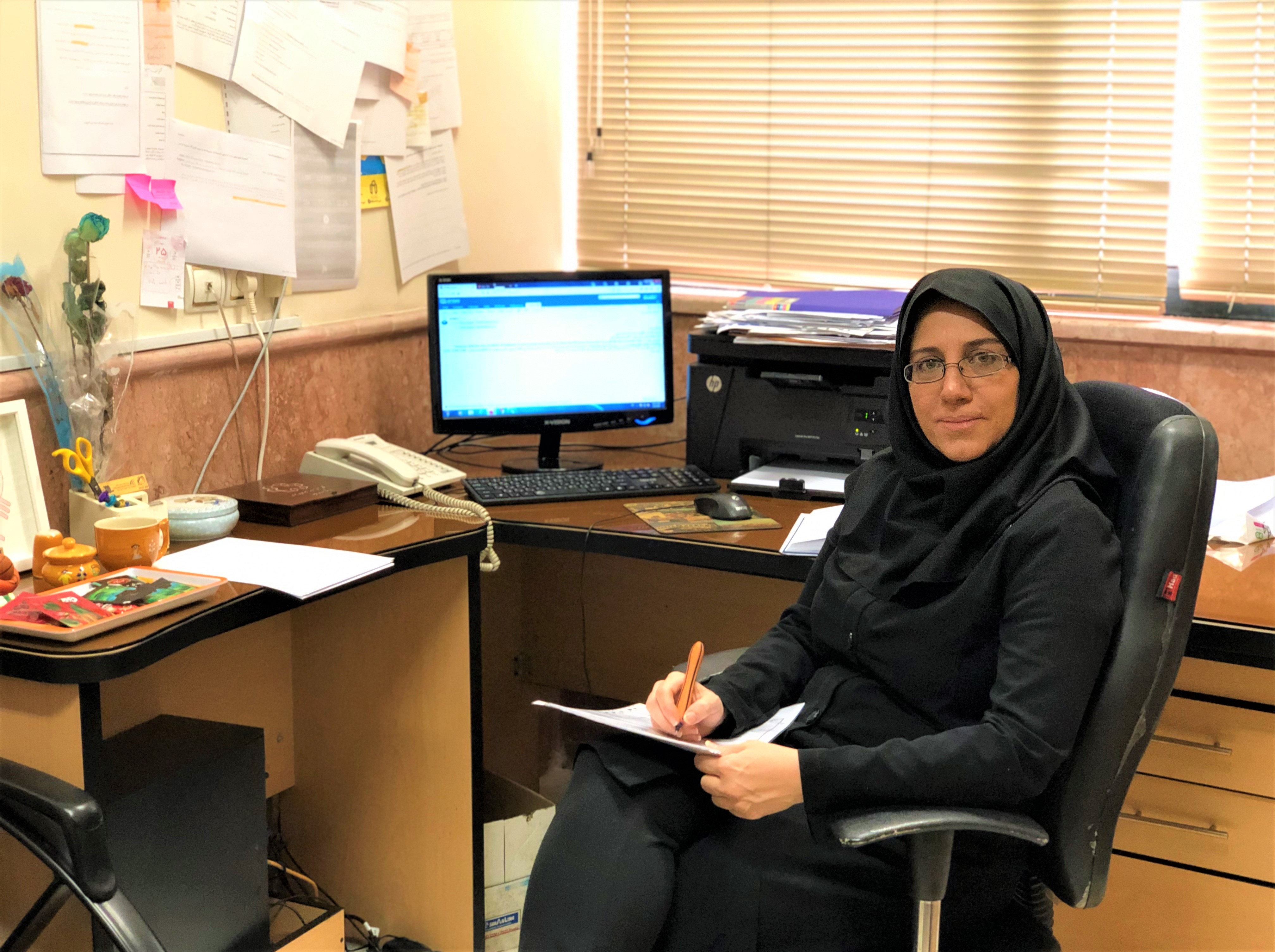Optimization Algorithm Based on the Behavior of BrunsVigia Flower
Artificial Intelligence’s definition is still a matter for debate, but to simplify the explanation, it can be said that “AI makes machines or robots behave like humans for problem-solving,” said Dr. Dadkhah, a faculty member of K. N. Toosi University of Technology. Nowadays, AI is widely used in our lives, such as autonomous-driving cars and intelligent language translators. Artificial intelligence has also automated many human tasks. According to the above definition, an AI system should be able to perform lots of complex and tedious work of human beings using machines. This may Be one of the main reasons for human efforts in the field of AI.
But how is it possible to produce such systems?
One of the best ways is to train the system with human-approved data using AI methods such as “Machine Learning”. You might already hear about Machine Learning (ML), but what is it exactly and what is its role in Al?
ML is indeed a subset of AI’s methods. An AI system needs to detect the logical pattern that persisted in the data for which it is designed. In fact, ML brings learning capability to machines From behavioral patterns of a system without being explicitly programmed, thanks to the optimization algorithms. Machine learning consists of 3 fields: design, use, and development of algorithms which can be used to interpret and discover logical patterns. Optimization algorithms, approach the ideal ML model by examining each sample in the dataset over iterations.
A model is created based on the result of these algorithms which is used to operate on unknown data. Its capability of anticipating the system’s behavior with the new data in the future indicates the adequacy of the model. One of the optimization algorithms is evolutionary algorithms. This name was chosen because they are inspired by observing nature’s behavior.
Dr. Dadkhah has developed an evolutionary algorithm that is inspired by BrunsVigia plant behavior, which performs optimally on data with higher dimensions and complex structure in the article “A New Optimization Algorithm Based on the Behavior of BrunsVigia Flower” published in IEEE International Conference on Systems, Man, and Cybernetics (SMC), 2018. This algorithm also converges to its ML model at an acceptable speed which means compared to many algorithms it discovers the logical pattern of data earlier. Algorithms that are capable of sufficiently processing high-dimensional datasets play a significant role in AI health care and natural language processing (NLP).
Another application of evolutionary algorithms is to sufficiently solve the complex problems which were not possible to solve with high accuracy and speed as we see today. For example, Dr. Dadkhah has designed A robot path planning application using the Cuckoo optimization algorithm which is inspired by cuckoo bird behavior that avoids interceptions in an environment where there are moving obstacles in the article “Mobile robot path planning in a dynamic environment based on cuckoo optimization algorithm” published in International Journal of Advanced Robotic Systems, 2019. The dynamic environment makes the problem More complex which is solved thanks to evolutionary algorithms.
“A lot of problems that humans are facing now are not completely solved by machine” added Dr. Dadkhah. “AI will change the future but robots won’t completely replace humans. A lot of human behaviors are still unknown so simulating them in an intelligent agent is not an easy task. Maybe it will be done in the far future”
Today, countries in the industrial and academic fields have comprehensive plans to advance artificial intelligence technology which shows the importance of this issue in a worldwide range. K. N. Toosi University of Technology is seriously pursuing its plans and continuing its international cooperation with prestigious universities and professors around the world. The published article detailing the proposed strategy, “A New Optimization Algorithm Based on the Behavior of BrunsVigia Flower” was a collaboration of a Calgary University professor and two K. N. Toosi faculty members.





